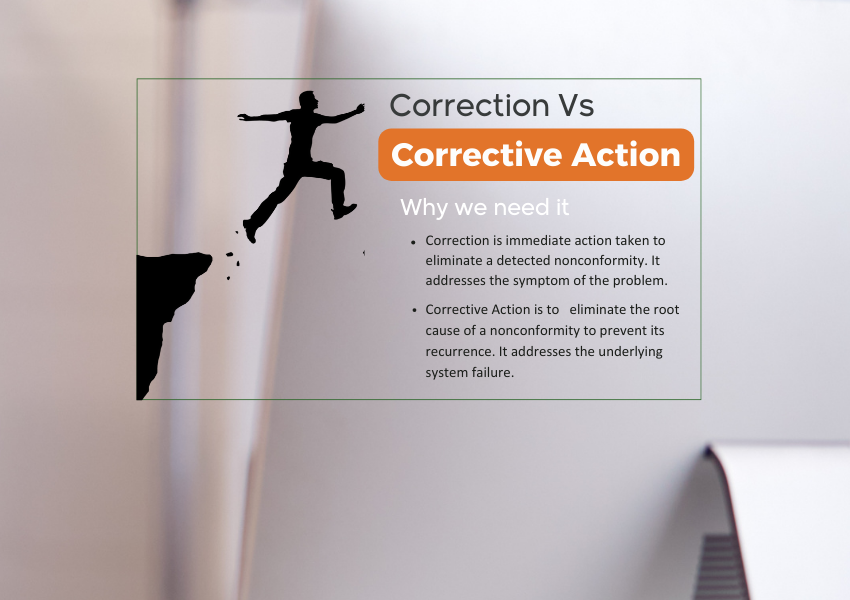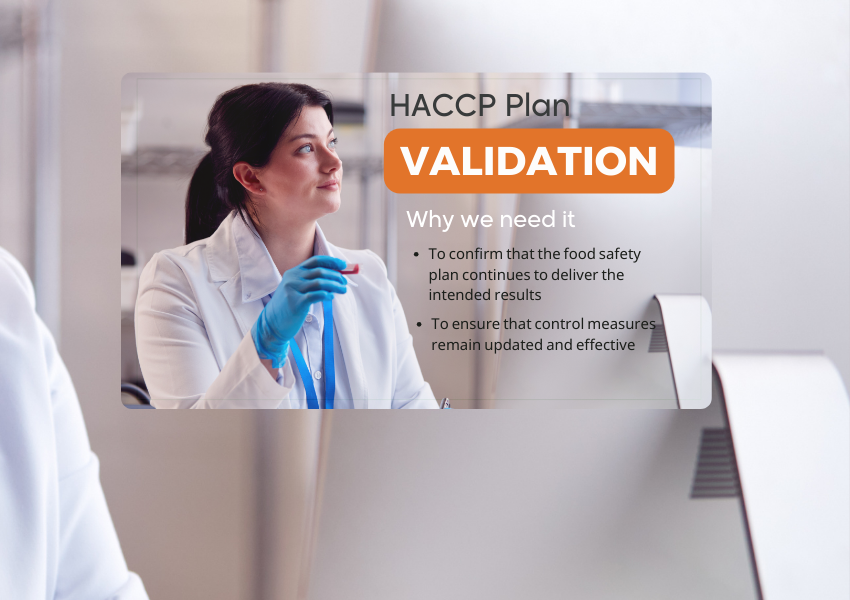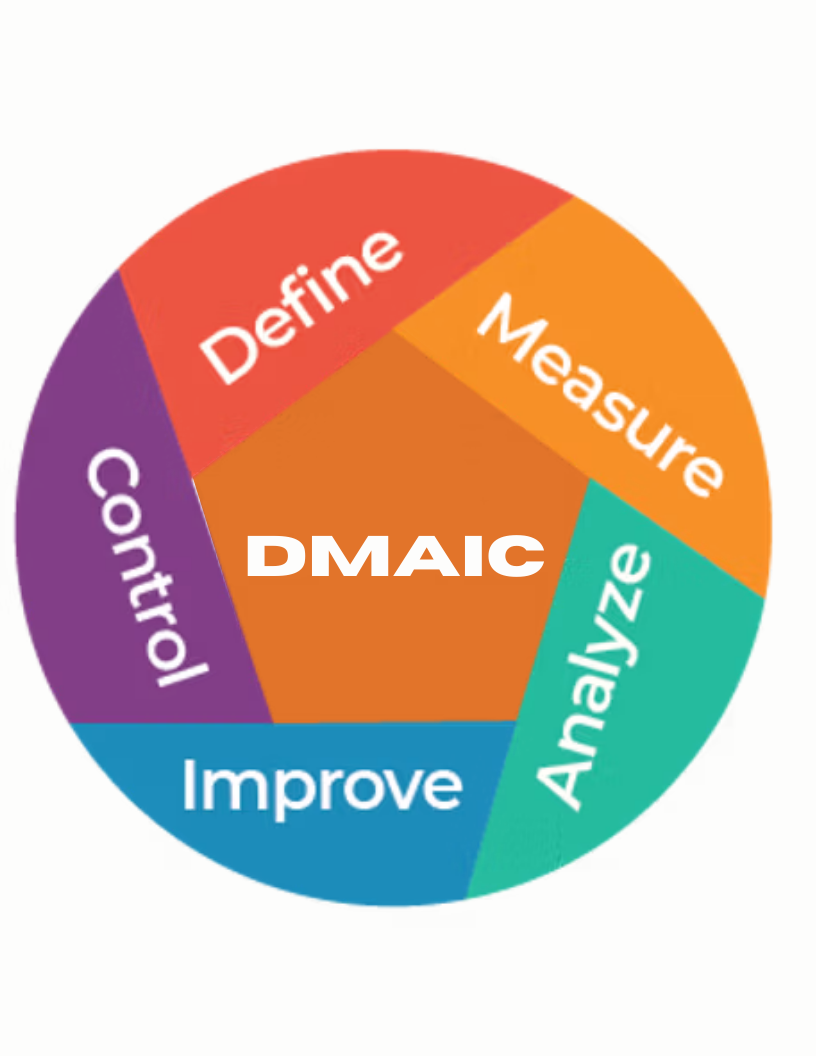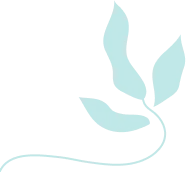Introduction
Undoubtedly, addressing problems in any quality management system—especially in the field of food safety—often begins with a basic step known as "Correction." This correction may sometimes be sufficient to contain the problem immediately, while in other cases, it may evolve into a broader Corrective Action aimed at eliminating the root cause of the problem and preventing its recurrence in the future.
First: The Fundamental Difference Between Correction and Corrective Action
-
Correction:
A correction is the immediate action taken to contain a problem or nonconformity once it is detected. It focuses on resolving the issue in the present moment without addressing its root causes.
Example: Disposing of a non-conforming product, re-sorting it, or reworking it before it leaves the facility. -
Corrective Action:
A corrective action is a systematic process that follows an evaluation of the problem, concluding that there is a root cause behind it. It aims to prevent the recurrence of the problem by performing root cause analysis and taking specific steps to eliminate the root cause.
Second: When Is Correction Enough, and When Is Corrective Action Needed?
According to Clause 10 of the ISO 22000 standard, evaluation is the key to making the right decision:
-
If the issue is minor or isolated, with no significant impact on food safety, system performance, or cost, and with low likelihood of recurrence, immediate correction may be sufficient.
-
However, if the issue is recurring, or has a clear impact on product safety, system efficiency, or cost, then it necessitates a root cause analysis and a full corrective action.
Third: The Relationship Between Correction and Corrective Action
In many cases, addressing a problem starts with an immediate correction. But after further analysis, a pattern or root cause may be revealed. In this case, the correction becomes part of a broader corrective action.
Example: A non-conforming product is immediately removed (correction), then analysis reveals that the root cause was a failure at a Critical Control Point (CCP), leading to adjustments in monitoring procedures or staff retraining (corrective action).
Conclusion
In food safety management systems, it is essential to distinguish between Correction and Corrective Action, as each plays a specific role in improving performance and preventing recurrence. The ability to assess the severity and impact of a problem is what differentiates an effective system from a weak one.










Leave a Comment